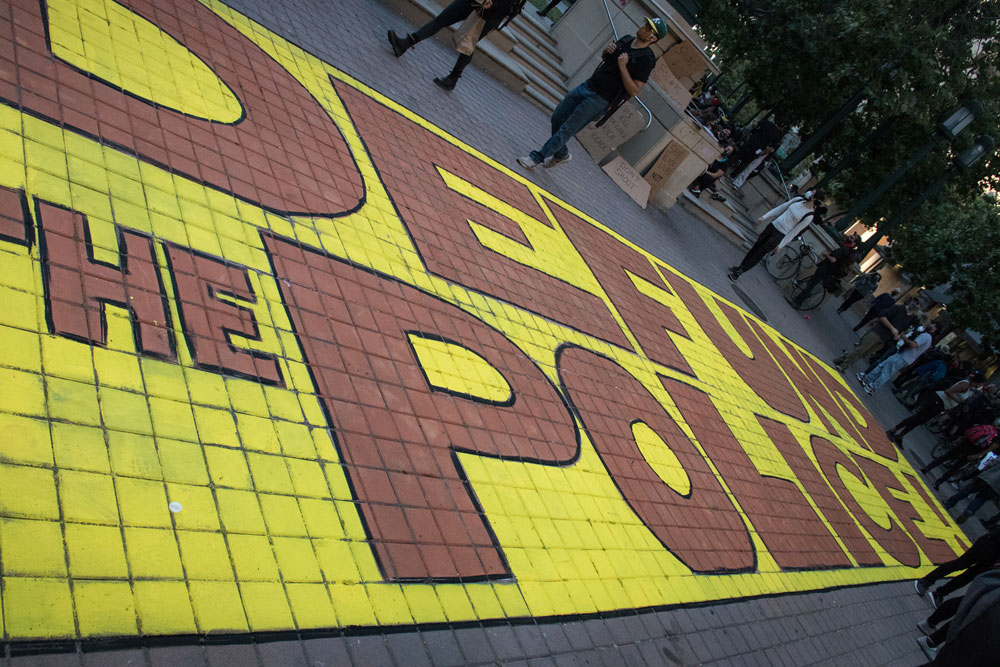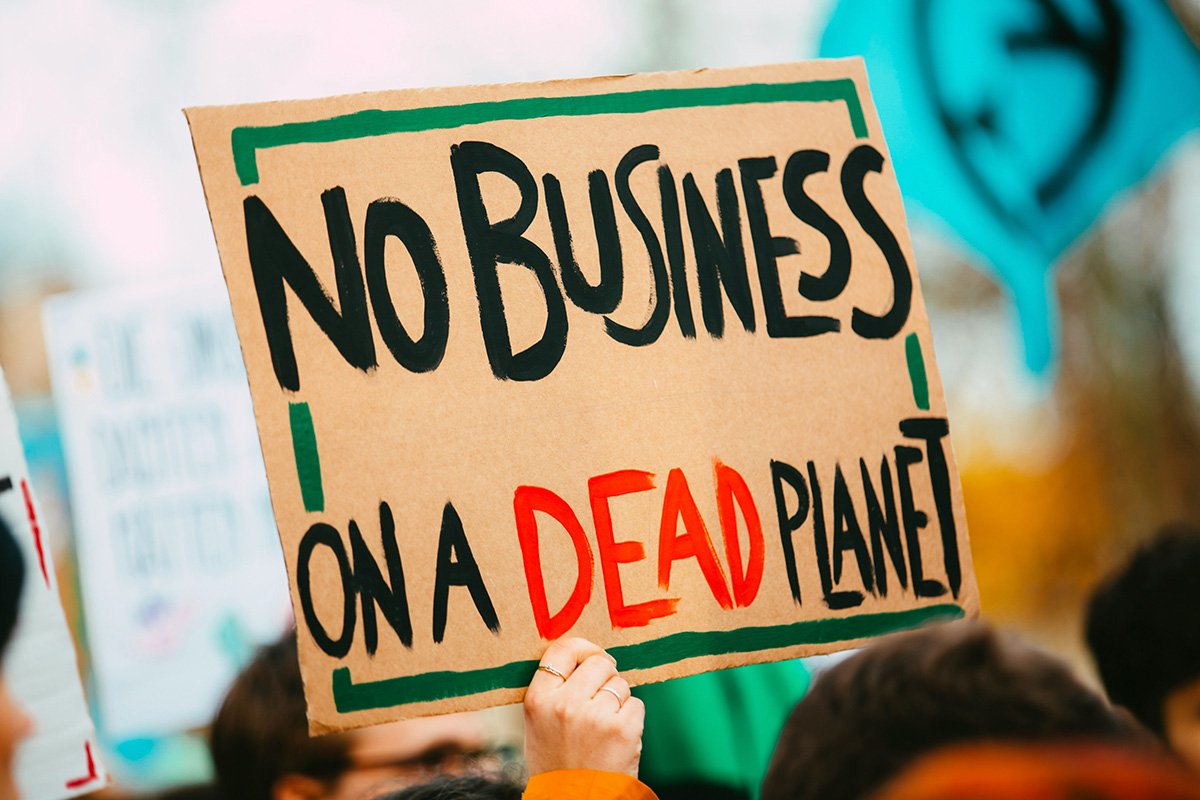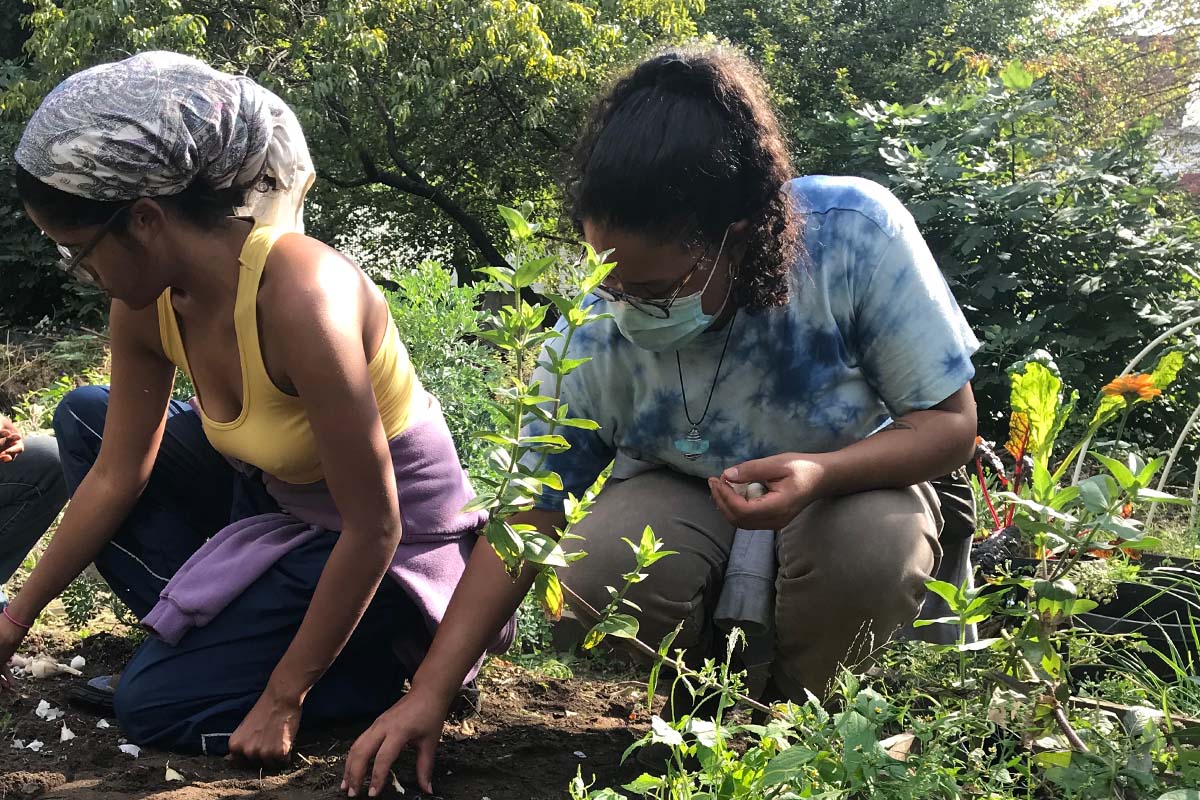
It’s been seven years this month since Alicia Garza, Patrisse Khan-Cullors, and Opal Tometi founded the Black Lives Matter Global Network in the wake of George Zimmerman’s acquittal in the murder of Trayvon Martin.
In a recent interview with Jamil Smith in Rolling Stone, Tometi said, “Yesterday was the first time I cried for joy. Seeing the news clearly display our images and our slogans about defunding police, I was moved to see the people got the message. Because for far too long, we weren’t being heard.”
Calls to defund and demilitarize police forces have been central to racial and criminal justice activism for decades, but as Tometi describes, it is only in recent weeks, born of the powerful protests since George Floyd’s murder by Minneapolis police, that we are beginning to see cities across the US take the first serious steps towards defunding.
Beyond Reform
Policing, as a 400-year-old system in the US, knows all too well how to metabolize “reform” without ceding power. In a recent New York Times op-ed, organizer and abolitionist Mariame Kaba summarized it forcefully:
Efforts to solve police violence through liberal reforms have failed for nearly a century. Enough. We can’t reform the police. The only way to diminish police violence is to reduce contact between the public and the police. There is not a single era in United States history in which the police were not a force of violence against black people. Policing in the South emerged from the slave patrols in the 1700 and 1800s that caught and returned runaway slaves. In the North, the first municipal police departments in the mid-1800s helped quash labor strikes and riots against the rich. Everywhere, they have suppressed marginalized populations to protect the status quo. So when you see a police officer pressing his knee into a black man’s neck until he dies, that’s the logical result of policing in America.
“Reducing contact,” as Kaba describes it, amounts to far fewer police acting with a far more limited charter in our communities. So, “defunding” is not a police reform, per se; it is a stripping of oversized and long-abused power. A significant reallocation of resources and mindshare to community-affirming and community-building activities.
Cities Get to Work
The Brennan Center for Justice reports that “real reform faces a variety of challenges—among the largest being that policing is inherently local, and there are 18,000 police departments in this country.” Thus, it is local activists, city council members, and mayors who are now attempting to turn “Defund the Police” into policy.
In Minneapolis, where George Floyd was murdered, the City Council immediately began work to redefine the approach to policing in their city. According to KTSP in Minneapolis, “The current [City] charter states there has to be a police department, but a proposed amendment replaces that with a ‘Department of Community Safety and Violence Prevention’ that would prioritize a ‘holistic’ and ‘public-health oriented’ approach.”
Sign up for our free newsletters
Subscribe to NPQ's newsletters to have our top stories delivered directly to your inbox.
By signing up, you agree to our privacy policy and terms of use, and to receive messages from NPQ and our partners.
Also, according to KTSP, a special work group focused on reviewing the charter amendment proposed by the City Council has formed. “The work group will eventually have to present the amendment to the city charter commission for approval. That will be the final stop before it’s put to a public vote.” Ultimately, voters in Minneapolis will decide on whether to amend the charter in November.
In Oakland, California, as reported by the San Francisco Chronicle, the call to defund the police collided with the annual city budgeting process in June. “Several Oakland council members expressed interest in eventually chopping the police budget by half, which would be a reduction of $150 million. They decided to form a task force to study the idea.” For this budget cycle however, the council passed a budget with a far more modest cut of $14 million to the police budget.
The one dissenting vote was from Councilwoman Nikki Fortunato Bass who tweeted after the vote: “This budget is a slap in the face to thousands of Oaklanders who called on Council to #DefundOPD + #InvestInCommunity #BlackNewDeal…I do not support this. I voted NO. Proud 2 stand on right side of history. Elections matter.”
The debate over defunding the police in New York City, which has the largest police force in the United States with a budget of $6 billion for the 2020 fiscal year, shone the light on the budget machinations that can distort and exaggerate the level of defunding that is actually occurring. While the city council reported cutting one billion dollars of its $6 billion police budget for 2020, Comptroller Scott Stringer called the announced NYPD budget cuts a “bait and switch and a paper-thin excuse for reform,” according to CNN. “Meaningful change in this moment won’t come by shifting police from one agency to another, and budget tricks won’t bring an end to the status quo,” he said in a statement. “The movement in the streets won’t be suppressed by manipulated math.”
The Long Fight Ahead
And so, this painstaking work of defunding the police and reallocating local budget dollars will continue where there is political appetite and sustained activism, city by city across the United States. It is underway in Los Angeles, and Seattle, and San Francisco, and several other jurisdictions as of this writing. It is also underway in school districts and on university campuses, which have their own police departments or police contracts to revisit.
Proponents of deep reform—and the reframing of policing altogether—will be taking on the powerful police unions, which the Guardian reports have spent over $85 million at the local and state levels over the last twenty years and another $47 million on campaign contributions and lobbying at the federal level in recent election cycles. On a grander and more transformational scale, they will be challenging fundamental notions of what constitutes community safety.
This is the work of culture change, of wrestling from our collective psyche long-held narratives about how police function in the United States. As Kaba argued in her Times op-ed: “As a society, we have been so indoctrinated with the idea that we solve problems by policing and caging people that many cannot imagine anything other than prisons and the police as solutions to violence and harm.”
Those leading this movement will also face the expectations of civil society structures and systems infused with white dominance: that we move incrementally, that new practices work the first time, that there is no serious political risk or fallout for elected officials. But none of those expectations apply to this work. In Minneapolis, Mayor Jacob Frey argued, “We need to see a clear vision and clarity…we need to be clear and precise about what we’re going to do and when.” But City Council Member Steve Fletcher pushed back with words that will no doubt be echoed by advocates in council chambers across the country: “For people to say that you are moving too fast, and for people to demand absolute clarity, and to try to imagine all the ways there might be a lack of clarity in something that hasn’t been tried before, I want to frame us in that we are trying something bold; it’s going to take courage and creativity.”











